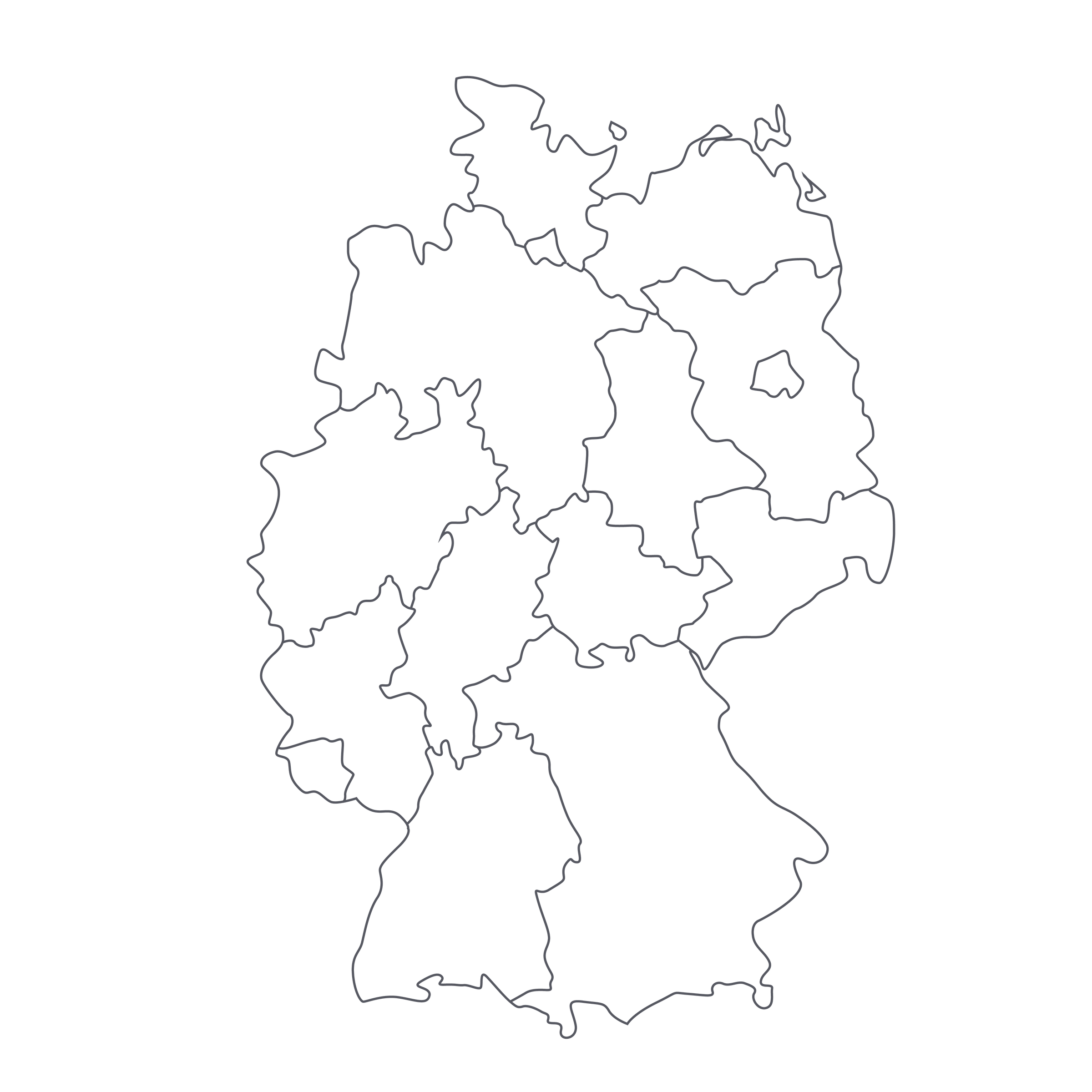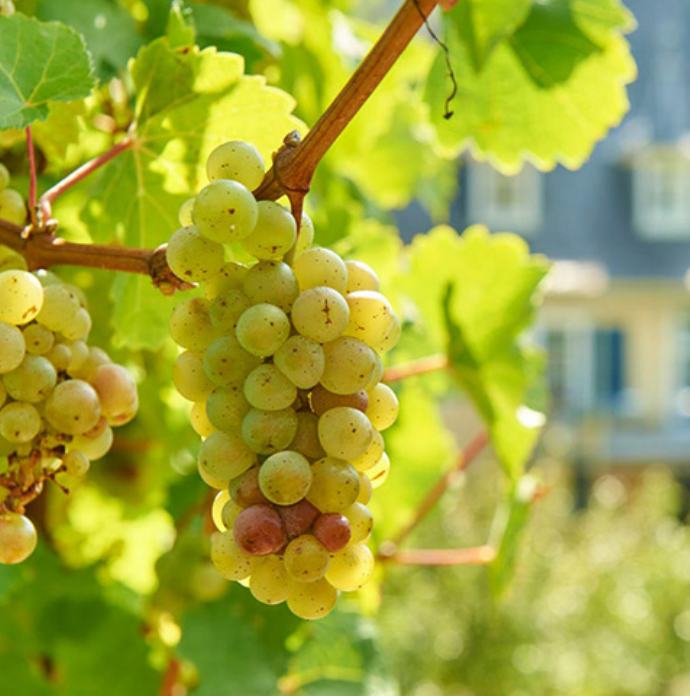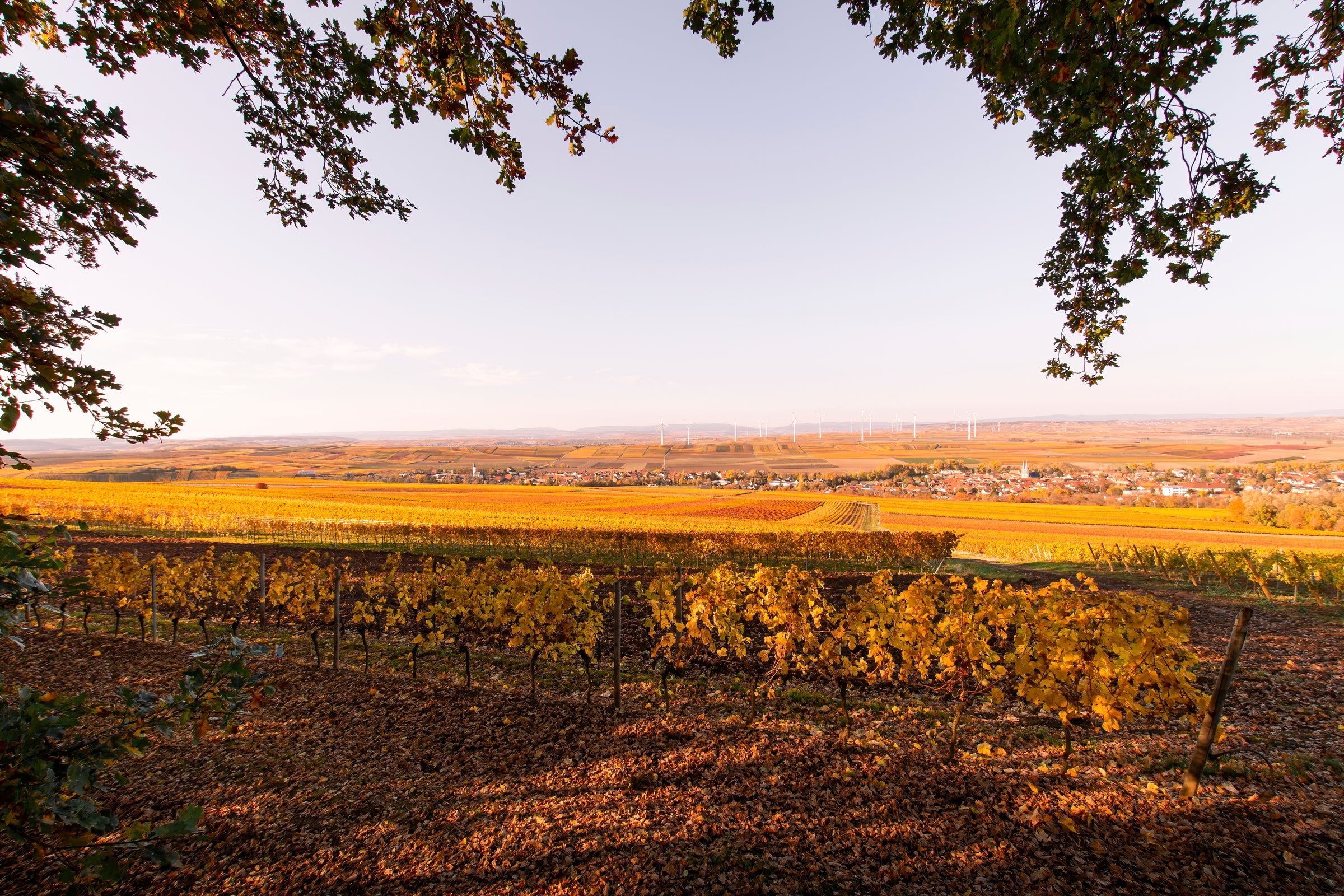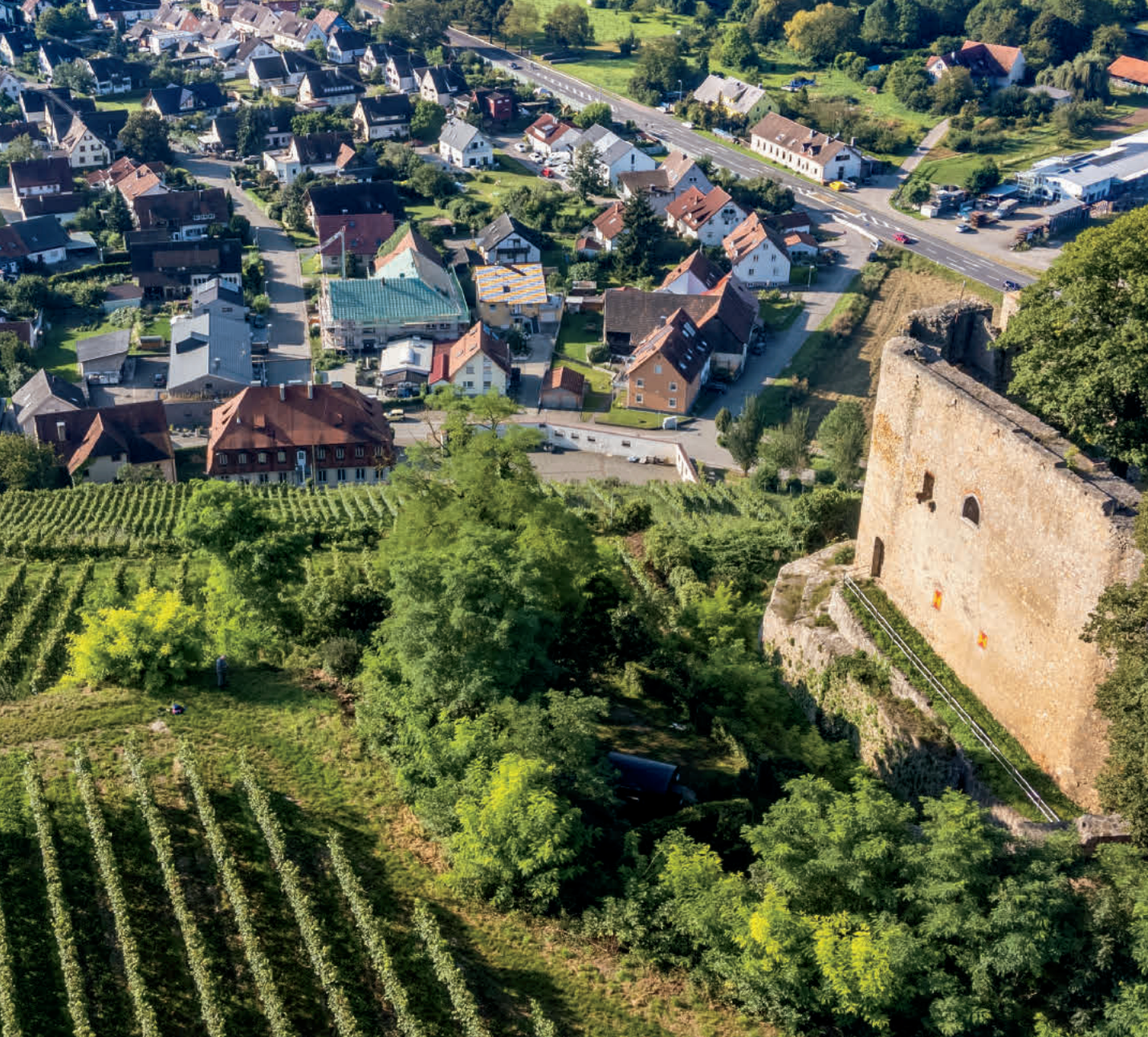Shopping for inexpensive sparkling wine is a minefield. Most mid-$20s bubblies are often sweet-tart confections with little backbone—effervescent, yes, but not especially alive. But, every so often, you come across a sparkling wine with more breed than you’d think was possible at this price point.
Today’s “Sekt” from Weingut Barth—an acclaimed sparkling-wine specialist in Germany’s Rheingau—is one such wine. We’ve been conditioned to accept a certain (much-higher) cost of entry for top-quality ‘Champagne method’ sparklers; these wines, with their secondary fermentations done in bottle, their extended lees aging, and their need for riddling (yeast settling) and disgorgement (expulsion of spent yeasts) before release, tend to be more expensive to produce. Given all this, Barth’s Sekt is a remarkable achievement—a sparkler of genuine varietal character, place-expressiveness, and mineral depth at an unbelievable price. This is a wine that will up your apéritif game exponentially; it’s not designed to emulate Champagne but to speak in its own voice, and it works beautifully. It’s one of the best examples of German Sekt I've had in years.
Now headed by third-generation proprietor Christine Barth and her husband, Mark—who studied at the acclaimed Geisenheim Institute in the Rheingau—the Barth estate was first established in the village of Hattenheim in 1948. The family’s vineyard holdings, clustered around Hattenheim, include sites classified as ‘Erste Lagen’ and ‘Grosse Lagen’ by the German Prädikat system (essentially the German equivalent of Premier and Grand Cru). The family makes a point of noting that they source Riesling from many of their top sites for their sparklers, which they tout as a specialty of the house. German wine experts agree that Barth is one of the very top Sekt producers in the country.
Today’s Sekt is subjected to the full méthode Champenoise treatment—secondary fermentation is carried out in the bottle, and the wine ages a minimum of two years on its lees, during which time it is riddled by hand to collect those spent yeast cells in the neck of the bottle. The vineyard sources for this bottling are planted on a range of soil types, from weathered slate to heavier clay-loam mixtures infused with loess (wind-blown silt) and quartz.
What is immediately noticeable—and distinctive—about this Sekt is its unmistakable Riesling personality. While many Sekts can be somewhat wan and neutral aromatically, this one explodes from the glass like a top Rheingau ‘still’ wine. Straw-gold in appearance with hints of green and silver, its aromas are a perfumed mix of white peach, yellow apple, citrus rind, wildflower honey, and crushed stones. This is good, dry German Riesling with bubbles, firmly structured and long lasting, with a dry, mouth-watering finish that leaves you craving a bite of food. Serve this at 50 degrees in all-purpose white wine stems as a stylish, enlivening apéritif or pair it with a first-course salad incorporating some citrus. Attached is a great wintertime salad that will sing with this Sekt. It is great stuff, don’t miss it! Cheers!






